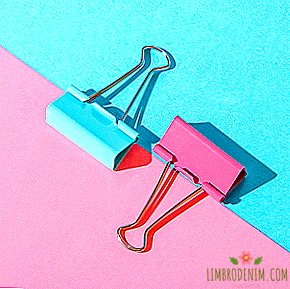5 simple Japanese rituals that will make your life better
We often use the word "routine" in a negative way., but scientists prove time after time: practices in which consistency and process are no less important than the result are beneficial to our mental health. Together with KANEBO, we remembered five Japanese traditions that turned into such rituals.
Matcha green tea brewing
Matcha - Japanese green tea, which is often served during the tea ceremony. It is prepared according to a complex technology: the leaves are first dried in a special way, and then grind almost into flour.

To brew the right match, you need one teaspoon of powder. It is poured with a small amount of hot, but not boiling water and stirred to a uniform consistency with a bamboo whisk - so that there are no lumps left. After that, the cup is filled to the brim with water or milk. You can beat matcha to foam or drink without it. Depending on the method of brewing, it can be both creamy and thicker, and more familiar to us "tea" texture.

Sashiko embroidery
The embroidery technique called sashiko entered Japanese everyday life during the Edo era and initially had a practical meaning: it used to decorate patches or tightened leaky clothes. The craftswomen used the basic “needle forward” seam, and the pattern usually (but not always) consisted of repeating elements.
Traditionally, sashiko use blue fabric and white threads, but now, when this craft has moved to the rank of art, they deviate from this principle. Technics are loved all over the world - for relative simplicity, meditative work and beautiful results.
Facial massage Yukuko Tanaka
Yukuko Tanaka is a beautician and make-up artist whose name has become a household name in beauty circles: it was she who invented the massage, which is also called "Dzogan". Tanaka became interested in his technique rather late - only when she noticed her own age-related changes. Then she began to analyze them, studying the structure of the muscles of the face and lymphatic system.

As a result of the research, a series of books, world-wide fame and an advanced technique (its movements are performed like this) have appeared, which is especially attractive because it is designed primarily for independent use - you need only a massage cream and your own palms. Tanaka promises that every evening, ten minutes devoted to himself, will lead to an impressive result.

Yuzu Baths
In Japanese culture, great attention is paid to washing and cleansing the body - go to the baths (sento) and to the hot springs (onsen) go with whole families, and this is a separate ritual. Japanese people like to add local citrus to yuzu, a fruit that is used in cooking and in cosmetology. Traditionally, bathing with Yuzu celebrates the winter solstice. It is believed that they strengthen the body, protect against colds and at the same time relax.
The fruit is cut into slices or allowed to float entirely: the wellness attraction in December can be found in most public baths and thermal springs. At home, you can also arrange a bath with Yuzu or at least with its aromatic oil, which is quite easy to find. And in parallel, you can clean the face with powder for washing: on steamed skin, it will work more efficiently, relieve from excess sebum and dead cells.
Skin care system
While in the West, the main tendency in beauty until recently was the desire to simplify and optimize, Eastern women - and above all Japanese women - fostered their serious multi-stage care system. A few years ago, Asian tools and an Asian approach to beauty came into vogue - thoughtful, thorough and thoughtful, consisting on average of six to ten stages.

Particular attention is paid to cleansing: in the evening it is necessary to remove makeup, clean the face with a well-whipped skin and gently peel. Moisturizing also takes several stages: in the Japanese system there is a place and essences, and cream, and oil. This approach, as practice shows, works great - and not only on Asian women.
Material prepared with the support of





